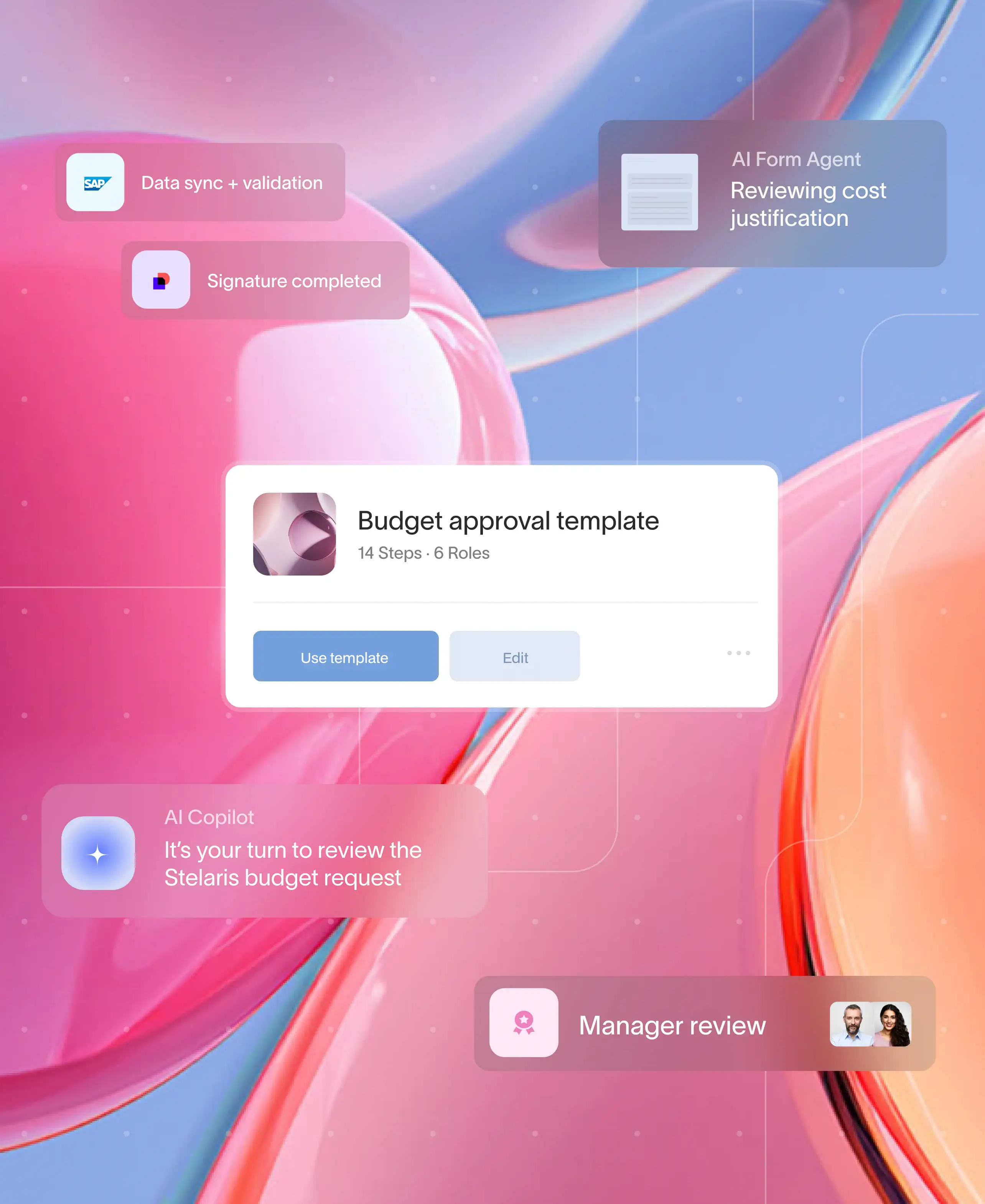
Launching a new SaaS product is exhilarating. You’ve likely spent countless hours iterating on your idea, developing the software, and fine-tuning every detail until it shines. However, the real moment of truth doesn't happen when you launch—it's during the first moments your customers interact with your product.
Customer onboarding is your opportunity to make a memorable first impression, helping users understand the value of your product and ensuring they stick around. Yet, it can be tricky, especially for SaaS startups navigating a crowded marketplace. In this guide, we'll walk you through the secrets to a seamless onboarding process that not only educates but delights your customers, keeping them engaged and coming back for more.
Understanding the onboarding paradigm shift
The traditional view of customer onboarding often hyped the importance of the first login. But times have changed. Users are looking for more than a product tour upon signup—they want to be informed, engaged, and most importantly, successful in their onboarding experience.
Successful modern onboarding is about understanding the users' needs and guiding them to realize the full potential of your product. It revolves around the user’s perspective, not just the product's features.
Designing your onboarding with intention
Intentional onboarding is focused on specific customer segments, recognizing that a one-size-fits-all approach no longer suffices. Here’s how you can design an onboarding process with intent:
Segment your customers
By understanding different user personas, you can tailor the onboarding experience to each segment. This involves gathering data through surveys, interviews, or by tracking user behavior within your app.
Identify key 'aha' moments
Every user has a set of 'aha' moments—those points where the value of the product becomes crystal clear. Identifying and mapping out these moments will guide your onboarding.
Build an onboarding sequence
Create a structured sequence of experiences that lead users toward those 'aha' moments. Start with the basics, gradually introducing more complex features or use cases.
Leveraging personalization for maximum impact
Personalization is the bedrock of effective SaaS onboarding. When users feel that a product is tailored to them, they are more likely to engage.
Welcome with a human touch
A personalized welcome email or message from a team member can go a long way in creating rapport with new users.
Utilize dynamic in-app messaging
In-app messaging tools can deliver content and tips based on the user's behavior within the app, surfacing the most relevant information at the most appropriate time.
Provide tailored guidance
Offer personalized guidance by recommending next steps based on user activity. This can be through a checklist, a personalized dashboard, or a dedicated onboarding manager for larger clients.
Crafting an educational journey
Onboarding is essentially a learning experience. To educate effectively, consider the following:
Offer multiple learning modalities
People learn in different ways. Some prefer to read, others need to watch, and many want to experience. Offer a mix of tutorials, videos, webinars, and interactive elements.
Keep it bite-sized
Avoid overwhelming users with too much information at once. Break down tutorials into manageable chunks and focus on practical learning outcomes.
Encourage exploration
Onboarding should not be directive; it should encourage users to explore and experiment with the product to foster deeper learning and understanding.
Measuring success and iterating
Customer onboarding should be an iterative process. After all, you can't improve what you don't measure.
Define key onboarding metrics
What defines a successful onboarding for your product? Is it activation rate, feature adoption, or time to first value? Choose metrics that align with your product and customer goals.
Gather user feedback
Use feedback tools within the app to gather insights on the onboarding process. Act on this feedback to continuously improve the onboarding experience.
A/B test onboarding elements
Experiment with different onboarding flows, messages, or experiences to see what resonates best with your users and drives the desired behaviors.
Navigating common onboarding challenges
Finally, be prepared to face common onboarding challenges such as drop-offs, communication overload, and outdated materials. Here’s how to tackle them:
Simplify the experience
Keep the onboarding process as simple as possible. Remove any unnecessary steps or information that might confuse or deter users.
Optimize for clarity
Ensure your communication is clear and jargon-free. Use language that your customers understand and relate to.
Keep content fresh
Update your onboarding materials regularly to reflect changes in your product or to address common user questions or issues.
By implementing these onboarding strategies, you can set your SaaS startup apart from the competition. Remember, onboarding is not a singular event but a series of experiences that, when combined, lead to successful adoption. It should be an engaging, value-driven, and personalized endeavor that reflects the same care and attention you put into building your product.
Moxo's client portal enhances customer onboarding by enabling businesses to craft tailored experiences for their clients. Equipped with features like in-app messaging, and personalized guidance, Moxo simplifies and streamlines the process for SaaS startups to deploy successful onboarding tactics.





